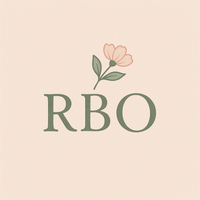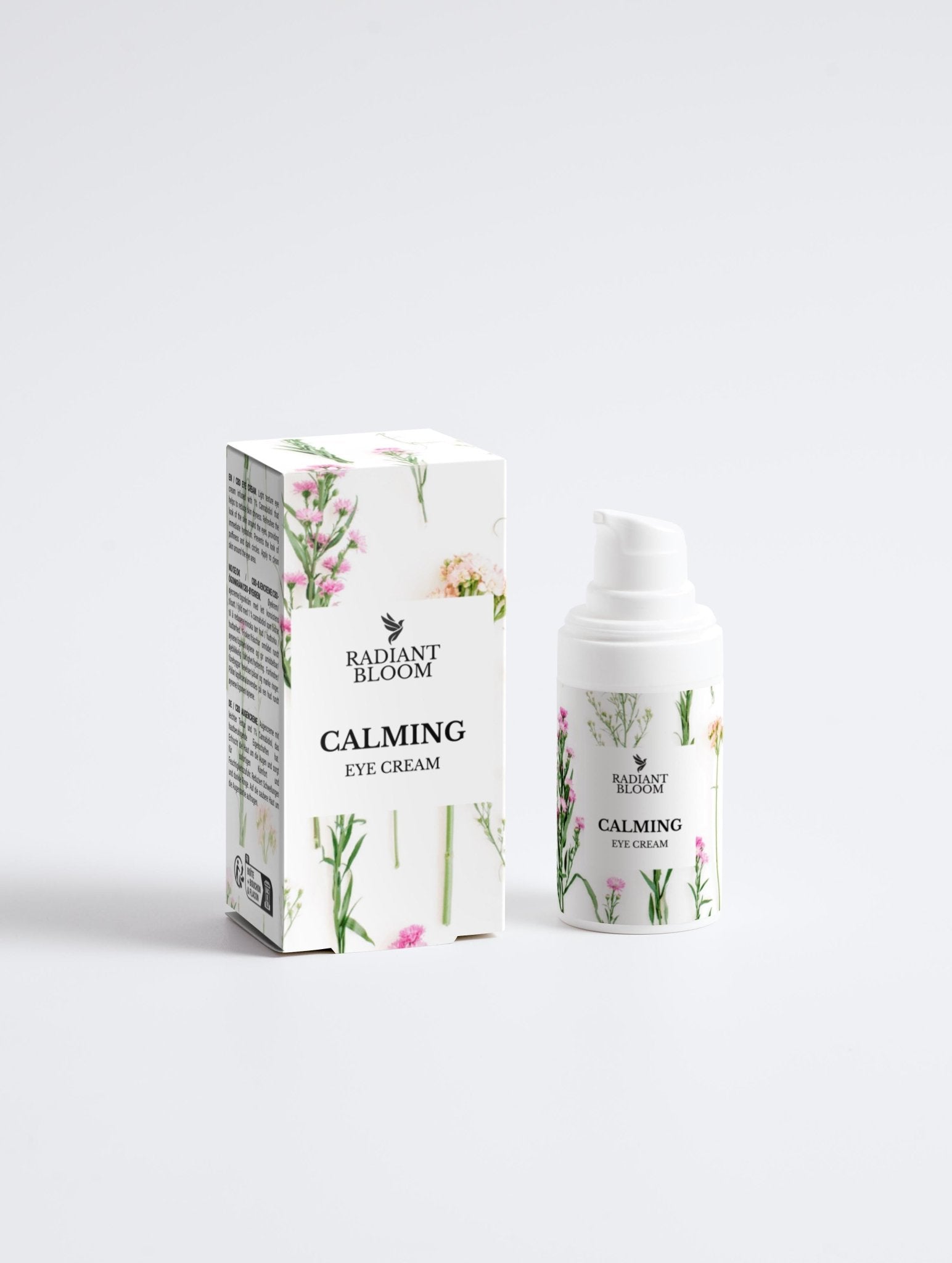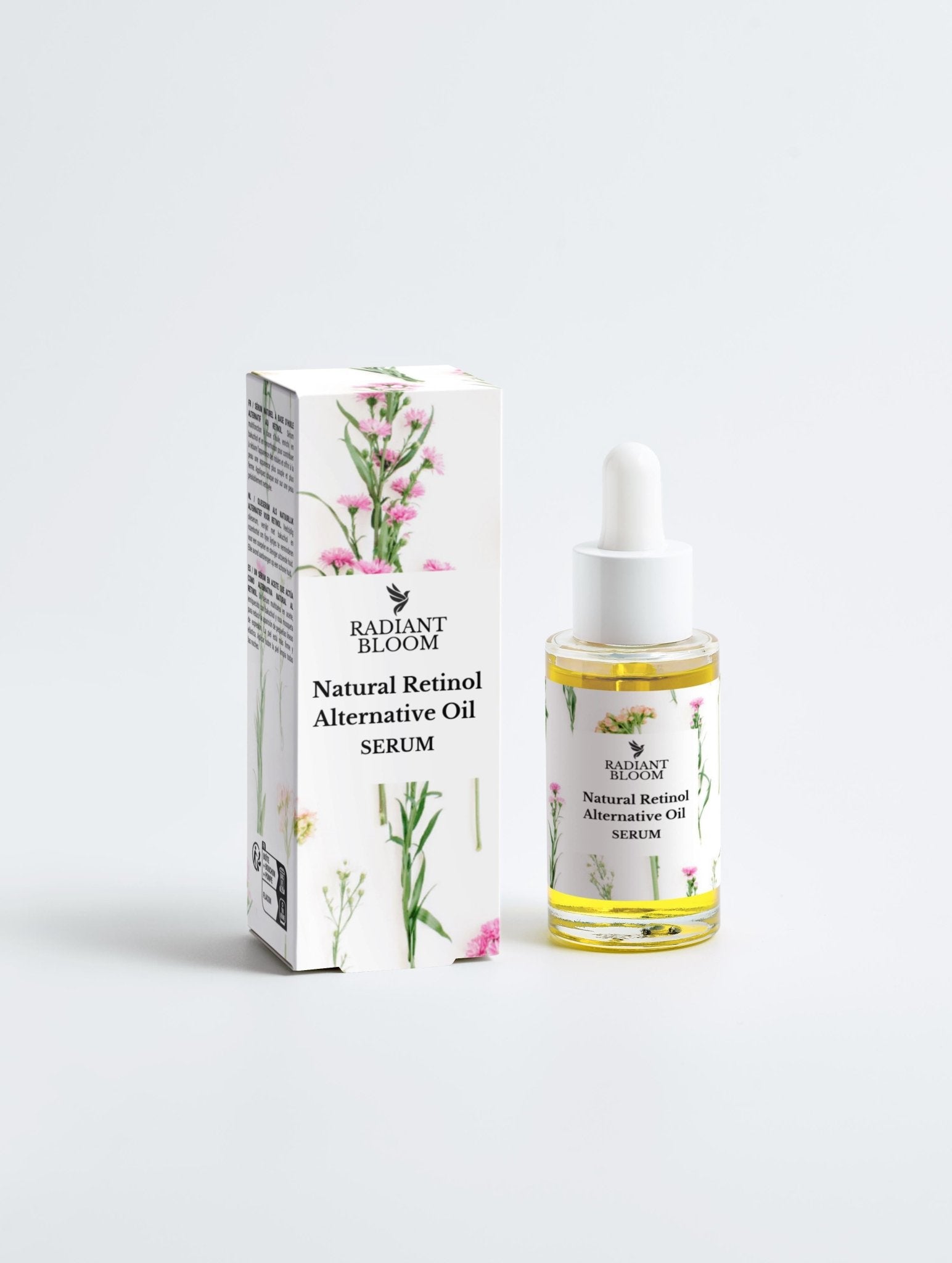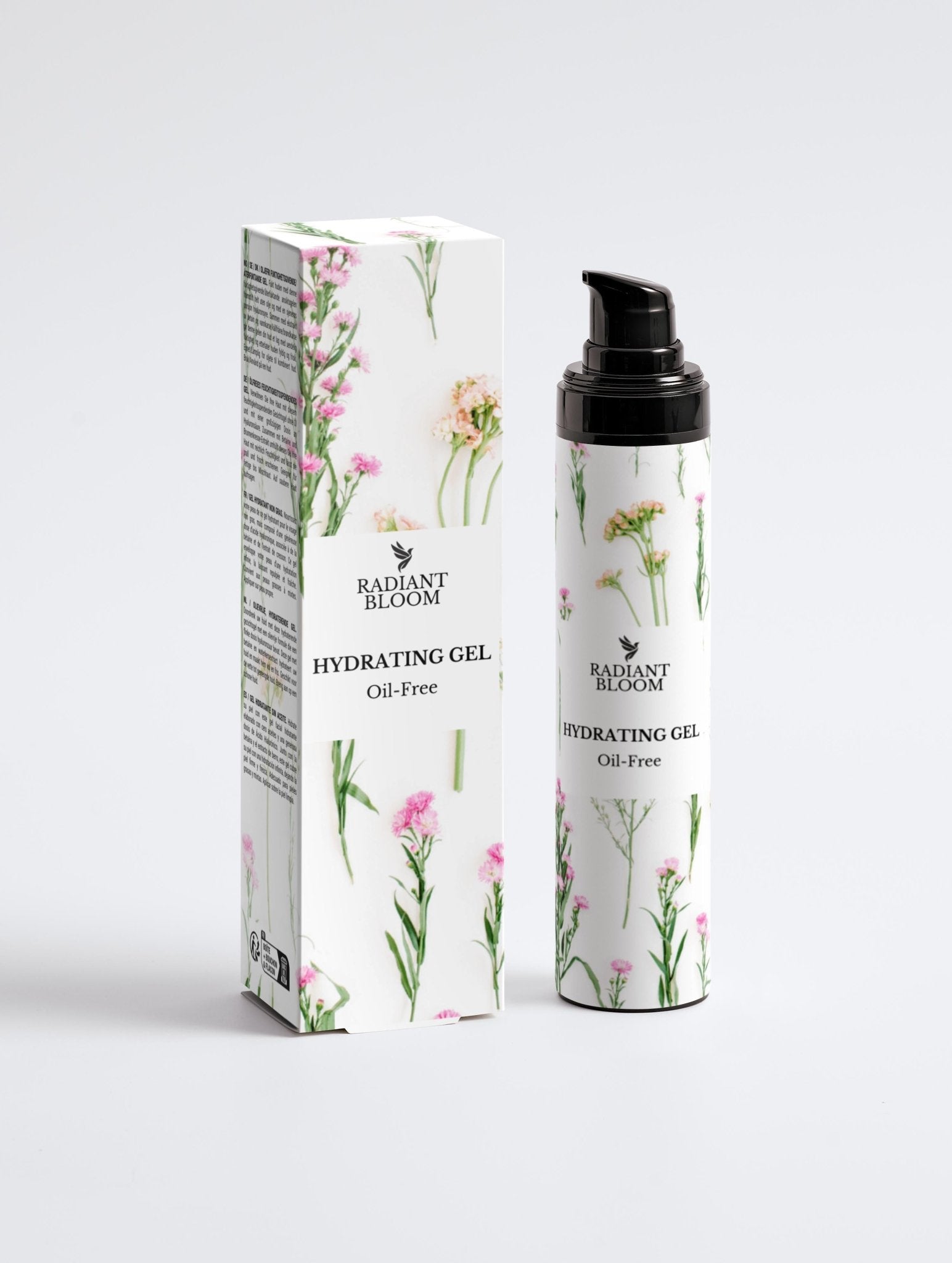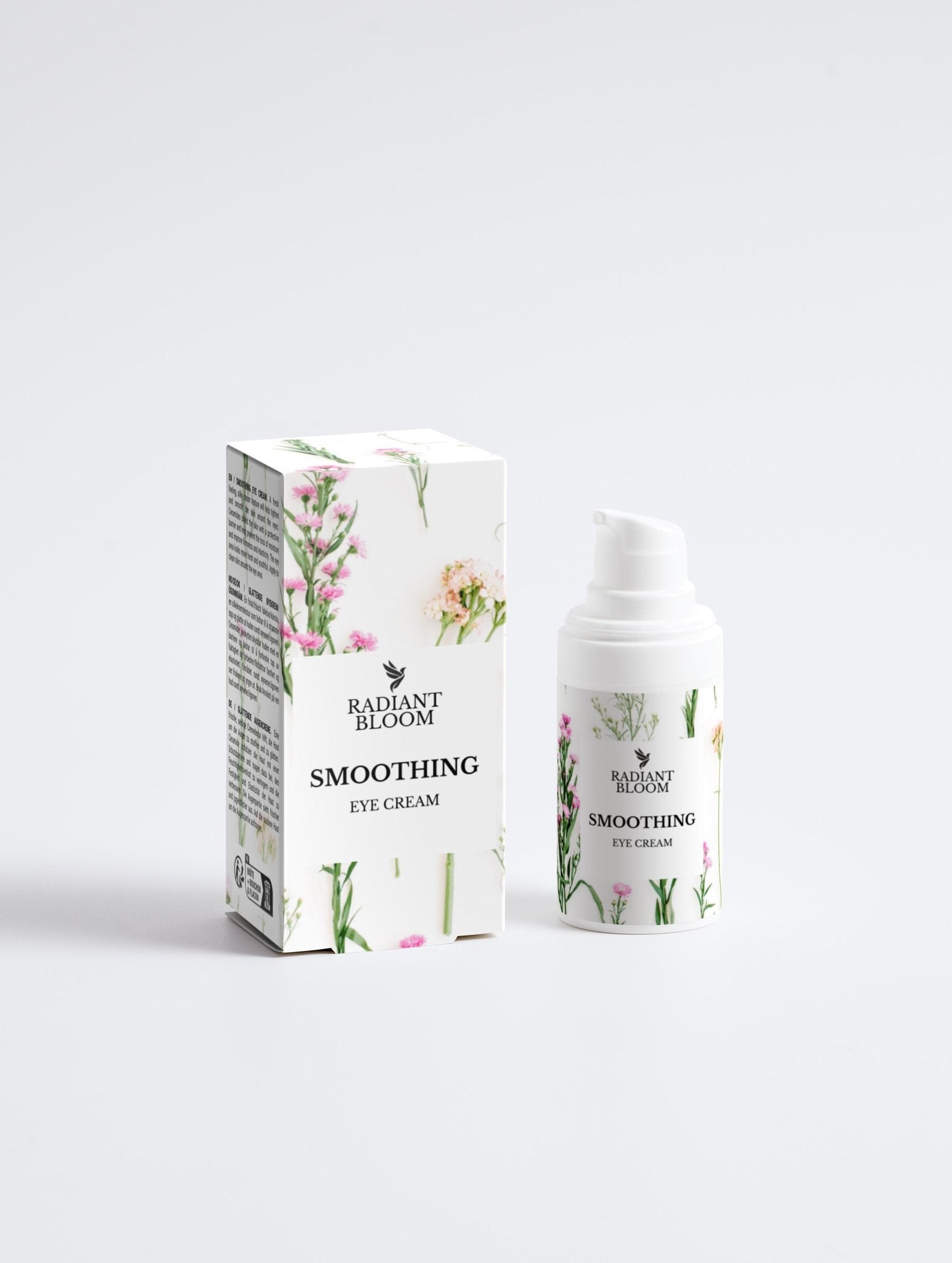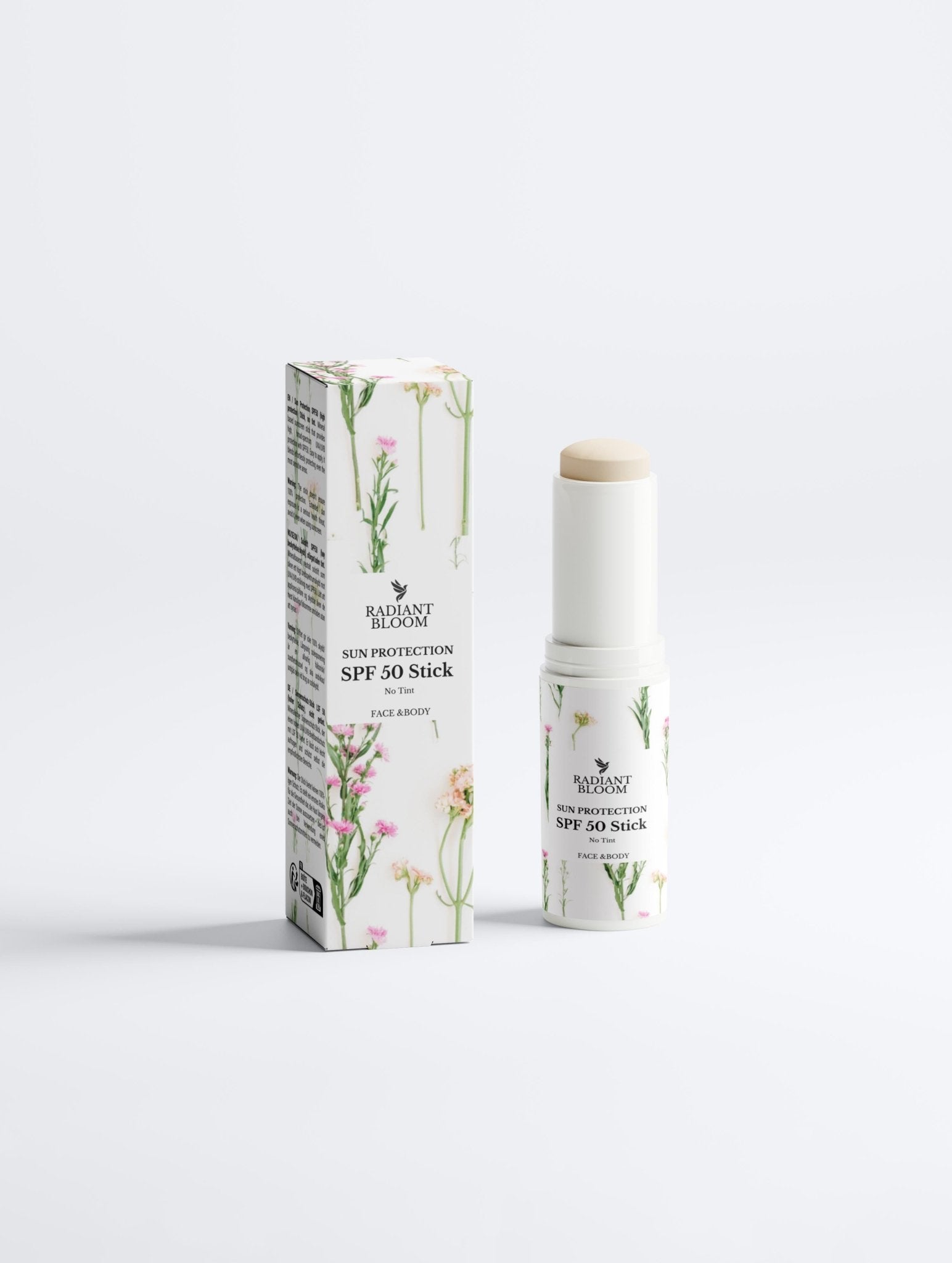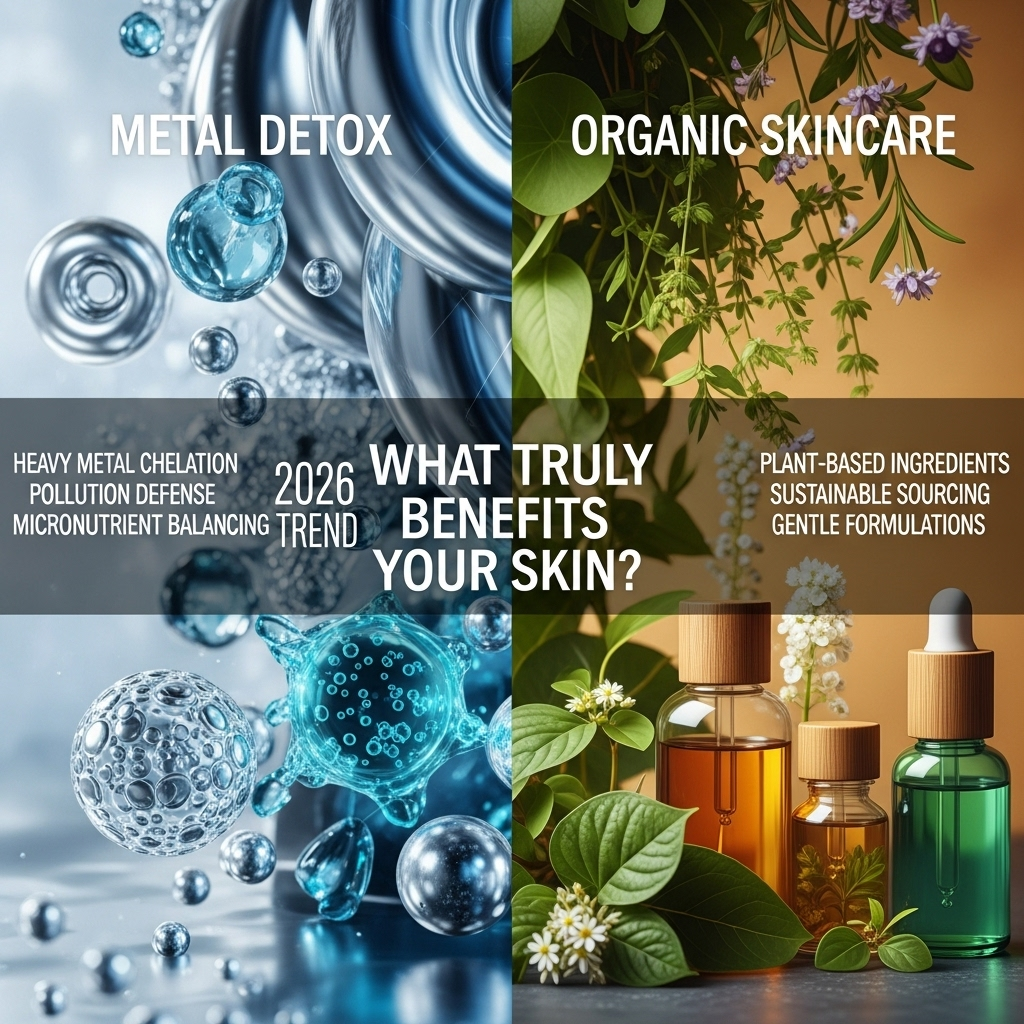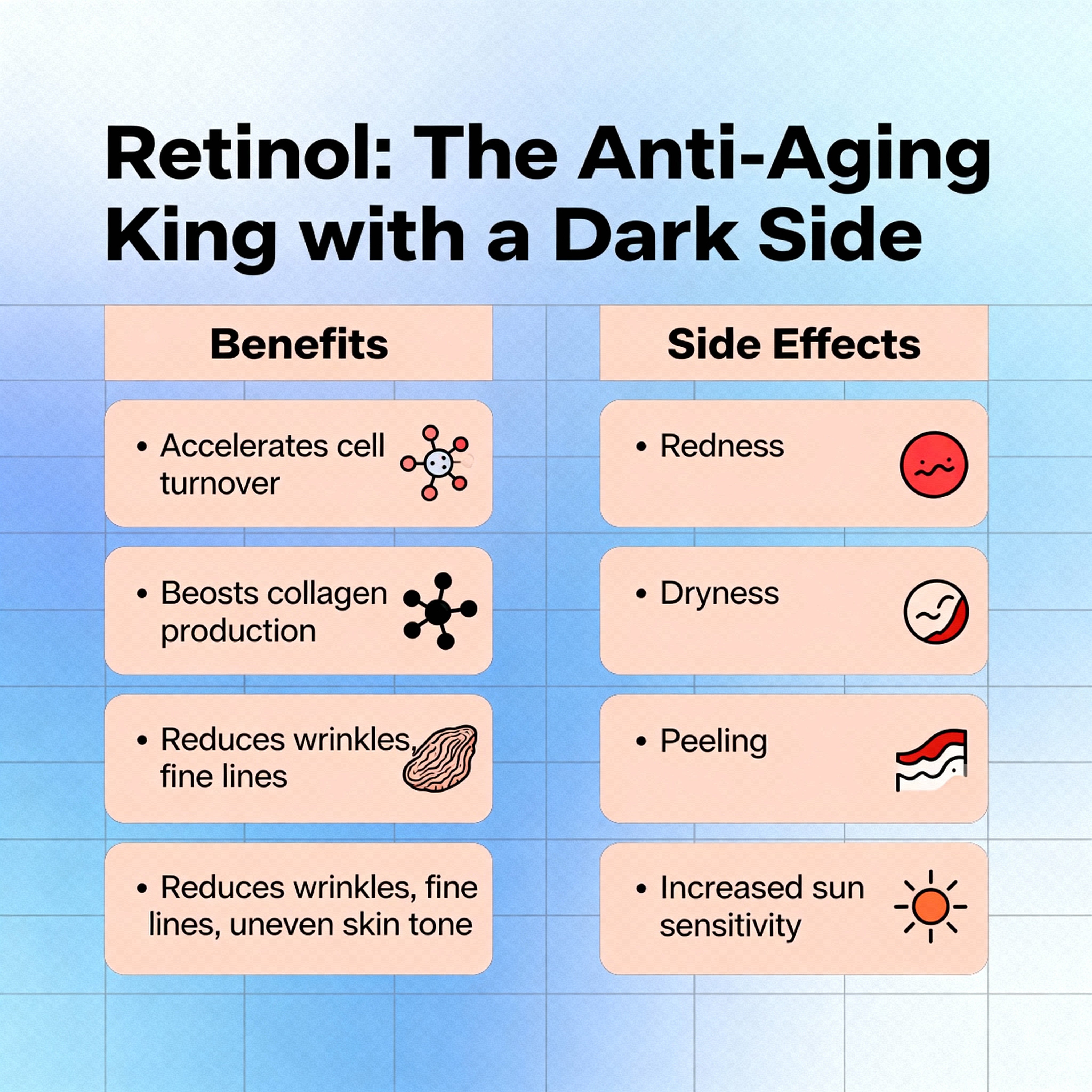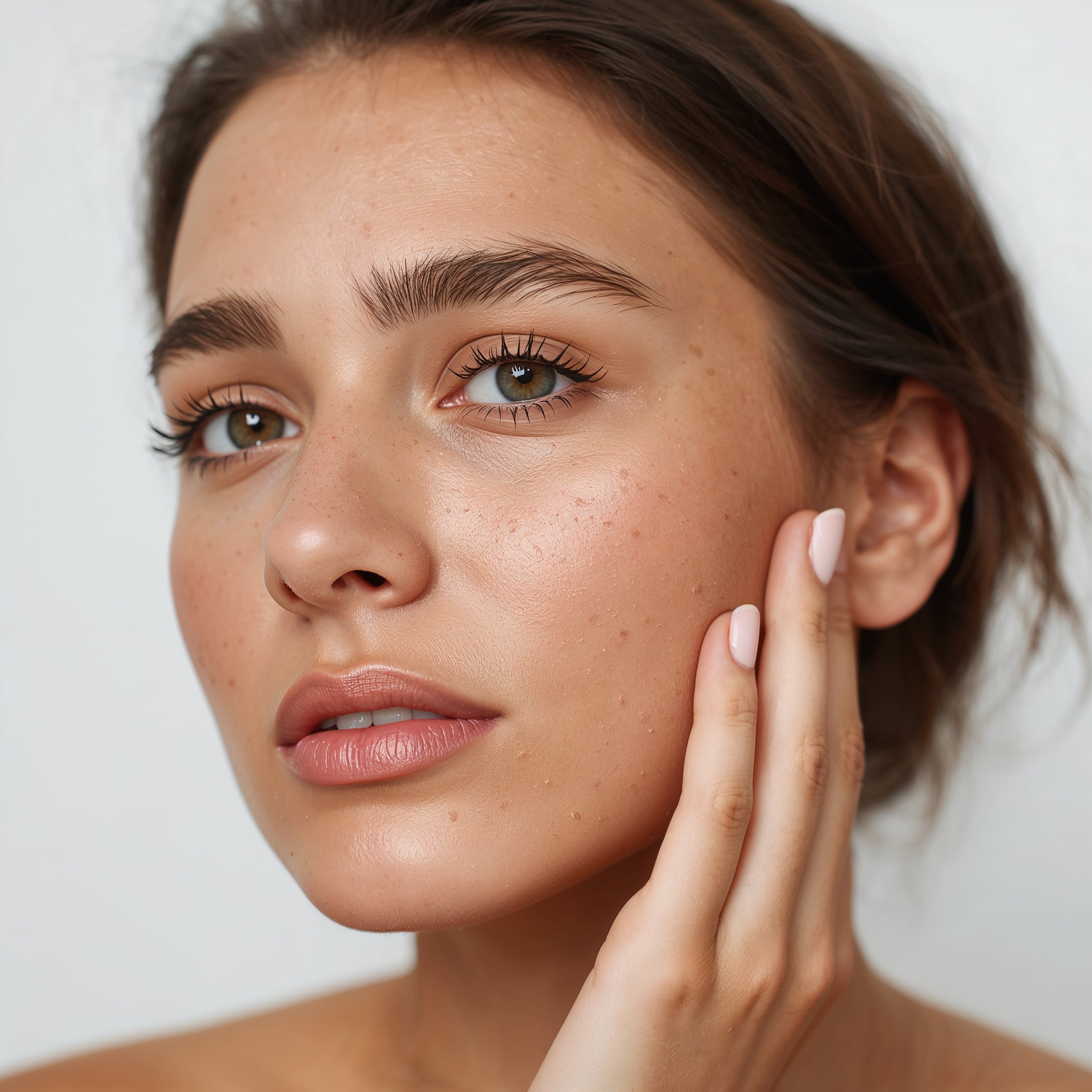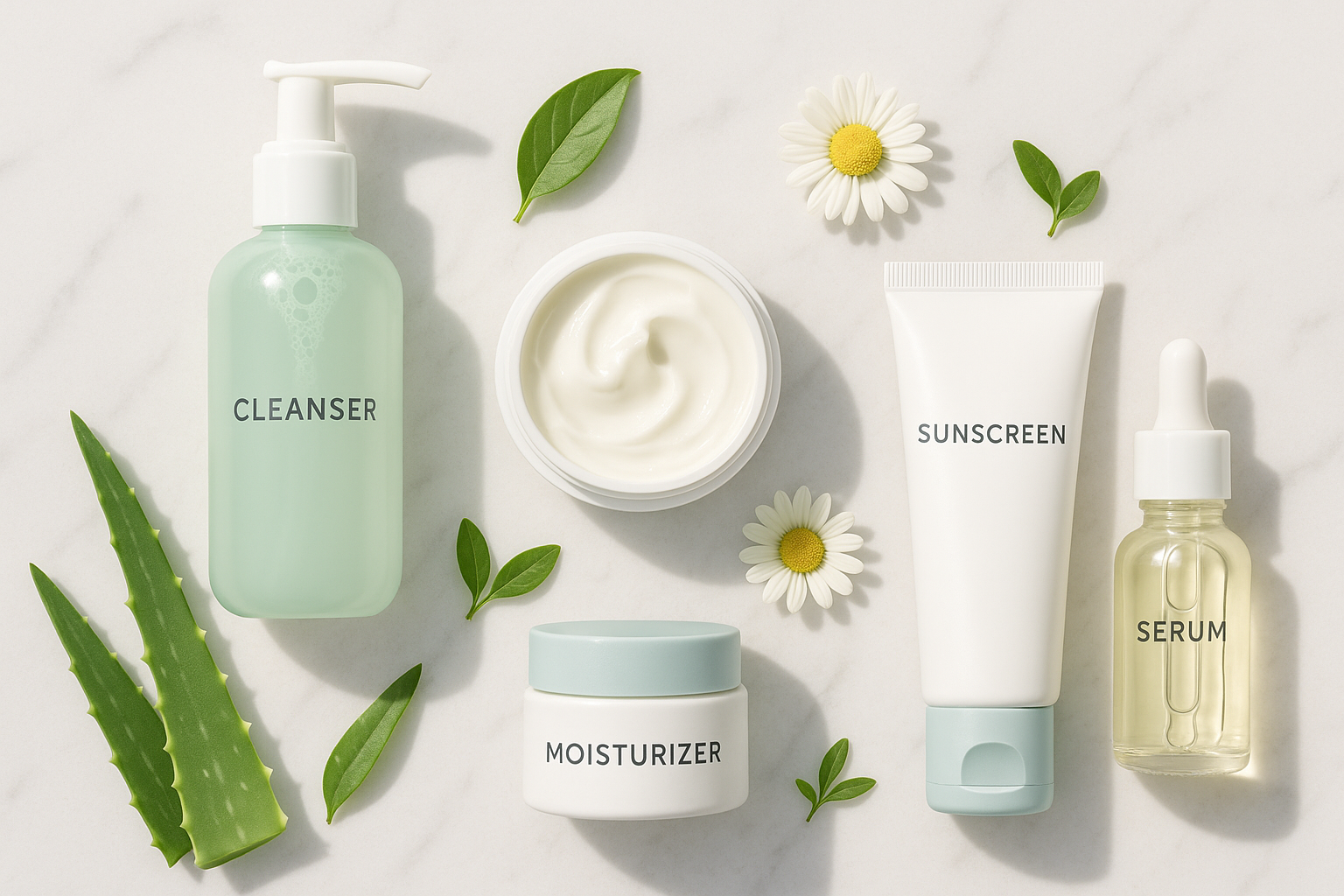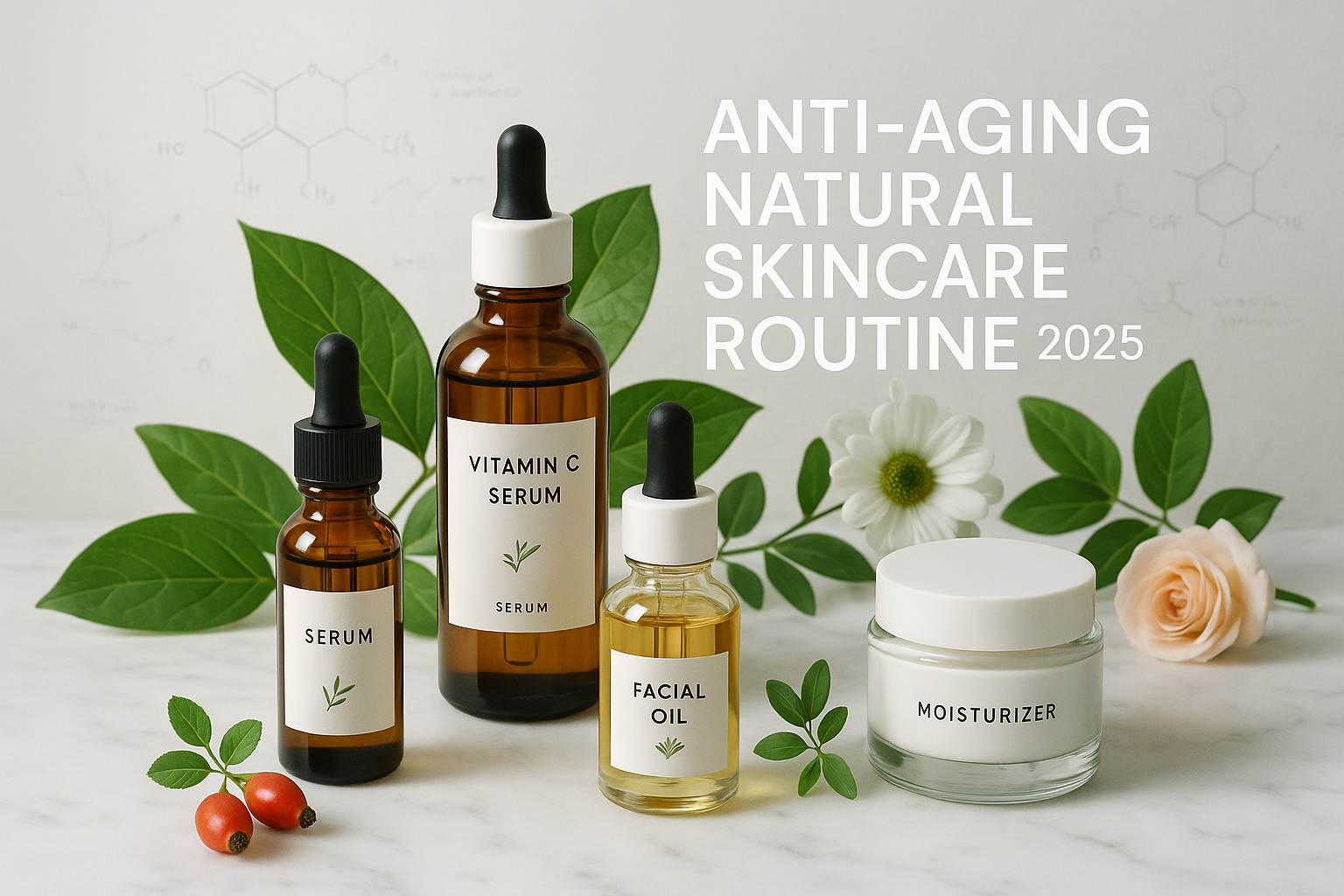In the ever-evolving landscape of beauty, new buzzwords emerge that promise revolutionary solutions to our most persistent concerns. In recent years, "metal detox" has transitioned from a niche wellness concept to a mainstream trend, particularly in haircare, with major brands like L'Oréal Professional leading the charge with their dedicated "Metal Detox" range. The premise is compelling: our hair and skin are constantly exposed to metal particles from water, pollution, and even our diet, which can lead to damage, dullness, and discoloration. A metal detox promises to neutralize and remove these harmful deposits.
At the same time, the movement toward certified organic skincare has grown from a trend into a foundational pillar of the modern beauty industry. This philosophy champions a holistic approach, focusing on purity, sustainability, and nourishing the skin with potent, unadulterated botanicals to build resilience from the inside out.

So, where do these two trends intersect, and which one truly benefits your skin? Is a "metal detox" a necessary new step in your routine, or can a high-quality organic skincare regimen provide all the protection you need?
This definitive 5,000-word guide will explore the metal detox trend in detail, examining the science, the products, and the real-world benefits. We will then compare this targeted approach with the foundational principles of organic skincare to help you make the most informed, effective, and healthy choices for your skin and hair in 2025 and beyond.
Chapter 1: What is Metal Detox in Skincare and Haircare?
The concept of "metal detox" is rooted in the scientific understanding that metal particles, particularly copper, iron, and lead, are ubiquitous in our environment and can accumulate in our bodies, including our skin and hair.

The Sources of Metal Accumulation
You are exposed to metals daily through various pathways:
-
Water: This is the most significant source for hair. When water flows through old copper or iron pipes, it picks up metal ions. Every time you wash your hair, these metals can deposit inside the hair fiber. The "hardness" of your water, which refers to its mineral content, plays a huge role here.
-
Environmental Pollution: Industrial emissions and vehicle exhaust release heavy metals like lead, cadmium, and mercury into the air. These particles can settle on your skin and hair, generating free radical damage.
-
Cosmetics: Shockingly, some conventional cosmetics, particularly color products like lipsticks and eyeliners, can contain trace amounts of heavy metals. While regulated, repeated exposure can contribute to accumulation. Choosing certified organic products like those from Radiant Bloom Organic eliminates this risk.
-
Diet: Certain foods, especially large predatory fish, can accumulate mercury from the ocean.
The Impact of Metals on Hair
The haircare industry has been the quickest to adopt the metal detox trend because the effects are so visible, especially on color-treated hair.
When metal particles, particularly copper, penetrate the hair fiber, they create a weak point. During chemical services like coloring or lightening, the oxidative process can react with these metals, leading to a much higher risk of breakage. This is why your stylist might notice more damage even if you have healthy hair.
Furthermore, these metal deposits can interfere with color results, causing dyes to appear dull, shift in tone, or develop unwanted green or brassy reflects. By neutralizing these metals before a color service, stylists can ensure more reliable, vibrant color and significantly less damage.
The Impact of Metals on Skin
On the skin, the problem is less about breakage and more about oxidative stress. Heavy metals are powerful catalysts for the production of free radicals. This leads to a cascade of skin issues:
-
Premature Aging: Free radicals degrade collagen and elastin, the proteins that keep skin firm and plump, leading to the formation of fine lines and wrinkles.
-
Hyperpigmentation: Metal-induced inflammation and oxidative stress can trigger an overproduction of melanin, resulting in dark spots and an uneven skin tone.
-
Inflammation and Sensitivity: The body's immune system can react to heavy metal deposits, leading to chronic low-grade inflammation, redness, and conditions like allergic contact dermatitis.
-
Dullness and Poor Texture: Oxidative stress impairs the skin's natural ability to regenerate, leading to a dull, rough, and unhealthy appearance.
Chapter 2: The Science Behind Metal Detox Products
Topical metal detox products are not a fantasy; they are based on established chemical principles. They primarily work using ingredients that perform chelation.
Chelation (from the Greek word for "claw") is a chemical process in which a molecule, known as a chelating agent, binds tightly to a metal ion, effectively "grabbing" it and neutralizing its ability to react with other molecules.
The Mechanism of L'Oréal's Metal Detox Range
The L'Oréal Professionnel Metal Detox line is the most prominent example and is built around a patented technology using a molecule called Glicoamine.
-
What is Glicoamine? It is a small amino acid molecule that is tiny enough to penetrate deep inside the hair fiber where metal particles accumulate.
-
How it Works: Once inside the fiber, Glicoamine seeks out and chelates the metal ions, particularly copper. It wraps around the metal, forming a stable complex. This neutralized complex is then easily washed away when you shampoo your hair.
The product line typically includes a pre-treatment spray (used in salons), a sulfate-free cleansing cream shampoo, and a protective mask. By removing the metals, the hair fiber is less prone to breakage, and color results are purer and more luminous.
Chapter 3: The Organic Skincare Philosophy: A Holistic Approach to Detoxification
While the "metal detox" trend focuses on the targeted removal of external aggressors, the organic skincare philosophy takes a more foundational and holistic approach. Instead of just cleaning up the damage, its goal is to build skin that is so healthy and resilient that it can better defend itself against environmental stressors in the first place.
Organic skincare operates on several key principles:
-
Purity of Ingredients: It starts with ingredients grown without synthetic pesticides, herbicides, or GMOs. This not only prevents these chemicals from entering your body but also results in ingredients that are more nutrient-dense. Learn more in our guide on Why Organic Skincare is Better.
-
Supporting the Skin's Natural Functions: Rather than using harsh chemicals to force a result, organic skincare uses biocompatible ingredients that work in harmony with the skin's natural processes of regeneration and defense.
-
Strengthening the Skin Barrier: This is the cornerstone of the organic philosophy. A strong, healthy skin barrier is your body's first line of defense against all external aggressors, including heavy metals.
How Organic Skincare Naturally Supports Detoxification

Organic skincare contributes to the body's natural detoxification processes in three powerful ways:
1. It Provides a Surge of Antioxidants:
The primary way heavy metals damage the skin is by creating oxidative stress. A high-quality organic skincare routine acts as a powerful antioxidant defense system.
-
Vitamin C: A potent antioxidant that neutralizes free radicals directly. Our Vitamin C Serum provides a daily shield against environmental damage.
-
Polyphenols (from Green Tea, etc.): These plant compounds are powerful antioxidants that also have anti-inflammatory properties, helping to calm the irritation caused by pollutants.
-
Vitamin E: This oil-soluble antioxidant works in synergy with Vitamin C to protect the skin's lipid structures.
2. It Repairs and Reinforces the Skin Barrier:
A compromised barrier is like an open door for pollutants and metals. Organic skincare focuses on rebuilding this barrier with essential lipids.
-
Ceramides and Fatty Acids: Ingredients like those found in our Sensitive Skin Moisturiser directly replenish the "mortar" of your skin barrier, sealing the cracks and making it less permeable to external irritants.
-
Nourishing Oils: Organic oils like Rosehip and Jojoba found in our Nourishing Facial Oil are rich in essential fatty acids that support barrier health.
3. It Reduces Overall Chemical Exposure:
By its very definition, choosing certified organic skincare means you are drastically reducing the number of synthetic chemicals your skin is exposed to daily. This lowers the overall "toxic load" on your body, freeing up its natural detoxification pathways to deal with unavoidable environmental exposures more efficiently.
Chapter 4: Metal Detox vs. Organic Skincare: A Comparative Analysis
So, which approach is better? The answer is that they are not mutually exclusive; they are two different tools for two related but distinct jobs.

The Metal Detox Approach
-
Pros:
-
Highly Targeted: Excellent at addressing the specific problem of metal-induced damage in hair.
-
Fast & Visible Results: The effects on hair, especially colored hair, can be immediate and dramatic in terms of shine and softness.
-
Protective: Prevents future breakage and color shifting from chemical services.
-
-
Cons:
-
A "Fix-It" Approach: It primarily addresses the symptom (metal buildup) rather than the root cause of environmental damage.
-
Less Established for Skin: While the science is sound, dedicated "metal detox" skincare lines are less common and developed than haircare.
-
Not Necessarily "Clean": A product can be a brilliant metal detoxifier but still contain silicones, synthetic fragrances, or other ingredients that an organic skincare user would wish to avoid. L'Oréal's line, for example, is not sulfate-free in all its cleansers.
-
The Organic Skincare Approach
-
Pros:
-
Holistic and Foundational: Focuses on building overall skin health and resilience from the ground up.
-
Proactive & Protective: A strong, antioxidant-rich barrier is better able to defend itself against all environmental aggressors, not just metals.
-
Guaranteed Purity: Certified organic products assure you are avoiding a wide range of potentially harmful synthetic chemicals.
-
Long-Term Benefits: Consistent use leads to fundamentally healthier, more balanced skin that is less prone to all types of irritation.
-
-
Cons:
-
Results Can Be More Gradual: Building skin health is a long-term project; it may not offer the "instant gratification" of a targeted treatment.
-
Doesn't Physically Chelate: While it fights the effects of metals (oxidative stress), it doesn't physically bind and remove them in the same way a chelating agent does.
-
Chapter 5: The Ultimate 2025 Routine: Combining Both Philosophies

The smartest approach in 2025 is not to choose one over the other, but to integrate both philosophies into a comprehensive "environmental defense" routine for your hair and skin.
Your Integrated Hair & Skin Routine
-
For Your Hair (Weekly Treatment):
-
Action: Once a week, or before any color service, use a dedicated metal detox system. Start with the L'Oréal Professionnel Metal Detox Shampoo followed by the Metal Detox Mask.
-
Why: This will effectively remove the mineral deposits from hard water that your regular organic shampoo might not be able to tackle, keeping your hair strong, soft, and your color vibrant. For daily washing, you can stick with a gentle, natural shampoo like our Colour Care Shampoo.
-
-
For Your Skin (Daily Ritual):
-
Action: Commit to a daily, high-quality certified organic skincare routine. This is your non-negotiable foundation for health.
-
Morning Routine (Focus on Antioxidant Defense):
-
Cleanse: Purifying Mousse
-
Protect: Vitamin C Serum to neutralize free radicals from pollution.
-
Hydrate & Seal: Your favorite Radiant Bloom Organic Moisturizer.
-
Shield: Mineral Sunscreen SPF30.
-
-
Evening Routine (Focus on Repair and Detoxification Support):
-
Double Cleanse: Sensitive Skin Oil-to-Milk Cleanser followed by your regular cleanser.
-
Treat: Apply a regenerative serum like our Organic Retinol Alternative Oil Serum to support cellular repair.
-
Nourish: Lock everything in with the Collagen Anti-Age Night Cream.
-
-
This integrated approach gives you the best of both worlds: the targeted, deep-cleaning power of a metal detox for your hair, and the holistic, foundational health benefits of an organic routine for your skin.
Chapter 6: Frequently Asked Questions
Q: Do I really need a metal detox for my skin?
A: While a dedicated "metal detox" product for skin isn't as essential as it is for color-treated hair, the principle is vital. You can achieve excellent protection against metal-induced skin damage by using a daily routine rich in antioxidants and barrier-supporting ingredients, which is the cornerstone of organic skincare.
Q: Can't I just use a chelating shampoo every day?
A: Most metal detox or chelating shampoos are designed for weekly, not daily, use. They can be slightly more clarifying than a regular shampoo, so using them too often could be drying for some hair types.
Q: Are there natural ingredients that chelate metals?
A: Yes, some natural ingredients have mild chelating properties. For example, Phytic Acid (found in rice and other grains) is a known natural chelator. However, lab-engineered molecules like Glicoamine are specifically designed for maximum efficacy within the hair fiber.
Q: Is the L'Oréal Metal Detox range "clean" or "organic"?
A: No. While it is a highly effective, science-driven system, it is not formulated to meet certified organic or natural standards. It may contain silicones, synthetic fragrances, and other ingredients that Radiant Bloom Organic avoids. This is a perfect example of a product designed for performance over purity.
Conclusion: A Smart, Balanced Approach for Modern Life
The rise of the metal detox trend is a welcome acknowledgment of the profound impact our environment has on our skin and hair. It offers a powerful, targeted solution, especially for those with color-treated hair living in hard water areas.
However, it should be seen as a specialized treatment, not a replacement for a foundational, holistic skincare philosophy. The ultimate strategy for long-term health and radiance is to build a resilient, strong, and well-nourished foundation through a consistent, high-quality organic skincare routine. A healthy skin barrier, armed with a daily dose of potent antioxidants, is your best defense against all environmental aggressors, including heavy metals.
Use a metal detox for your hair when needed. But for your skin, invest in the daily, holistic protection of a certified organic routine. By combining the targeted "fix" with a foundational "health" approach, you create a comprehensive defense system that will keep your skin and hair looking their absolute best in our modern world.
Ready to build your foundational defense? Explore the certified organic, antioxidant-rich collections at Radiant Bloom Organic today.
